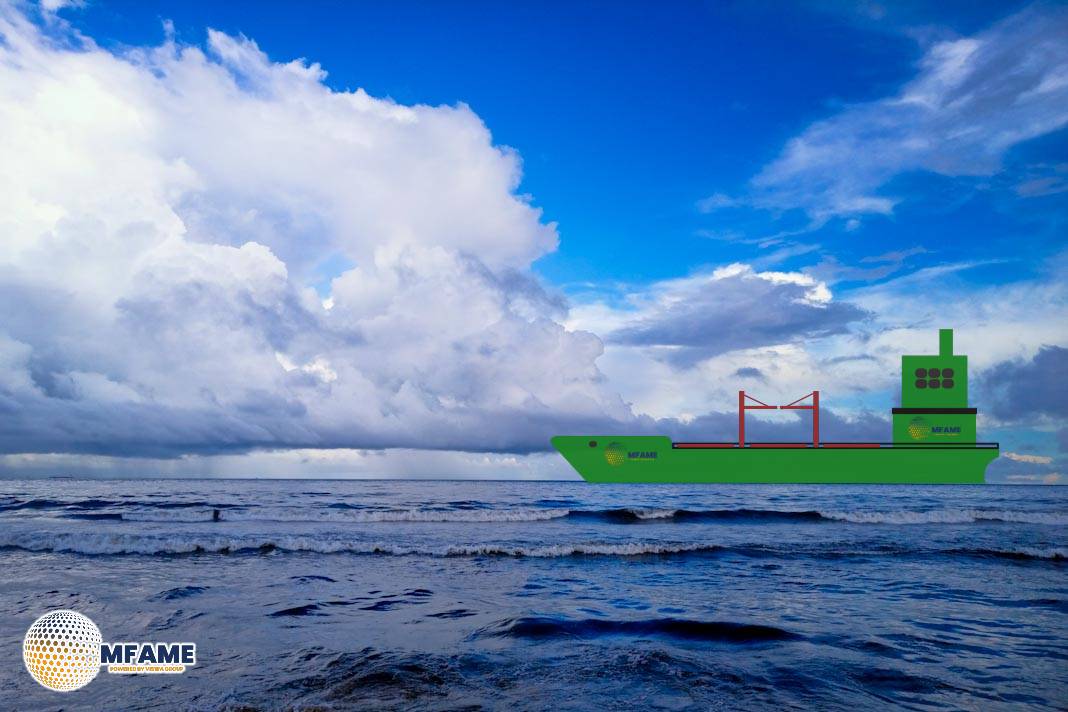- Ports face increasing legal, financial, and regulatory pressure to tackle Scope 3 emissions, which include indirect emissions from vessel operations and hinterland transport, with no more room for delays or excuses.
- PortXchange urges immediate action using existing emissions data, emphasizing that perfect accuracy isn’t needed to start reducing emissions and comply with evolving regulations like the IMO Net-Zero Framework and EU directives.
- Digital tools like EmissionInsider empower ports to identify emission hotspots and optimize operations, enabling meaningful decarbonization today rather than relying solely on future zero-emission fuels.
Amid escalating legal, financial, and regulatory scrutiny, ports worldwide are now facing mounting pressure to act decisively on Scope 3 emissions, including those from vessel operations and hinterland transport, reports AJOT.
According to PortXchange, a growing credibility gap is emerging as ports remain overly focused on tracking Scope 1 and 2 emissions, neglecting the substantially larger and more complex indirect emissions.
Sjoerd de Jager, Managing Director of PortXchange, issued a stark warning: ports are using debates over data precision as excuses to delay real action. “Ports already have more than enough data on emissions. What matters now is the direction of change, not decimal‑point accuracy,” he stated, emphasizing that every day of delay translates directly into preventable emissions.
Regulatory and Financial Drivers Triggering Action
Compounding this situation are increasingly rigorous regulations—such as the IMO’s Net‑Zero Framework, EU Sustainability Reporting Directive (CSRD), and relevant ETS mandates—alongside intense investor and ESG scrutiny. Collectively, these pressures demand transparent Scope 3 reporting and aggressive emissions reductions. Failure to deliver may expose ports to financial penalties, reputational harm, and loss of investment access.
From Measurement to Mitigation: PortXchange’s Solutions
To bridge the gap between data and action, PortXchange offers tools like EmissionInsider and the Port Emissions Report, which integrate emissions data across all transport vectors—from vessel operations to cargo handling, rail, and road logistics. These platforms not only offer emissions visibility but accelerate coordinated decarbonization efforts and compliance.
According to Port Technology International, the firm urges port authorities worldwide to begin acting immediately on existing emissions data rather than waiting for “perfect” measurements. Digital emissions intelligence enables identification of hotspots, operational inefficiencies, and strategic levers—such as reducing vessel idle times or optimizing rail and truck scheduling. These insights make it possible to drive meaningful reductions immediately and not rely solely on future zero-emission fuel deployment strategies.
The High Stakes of Inaction
PortXchange challenges ports and operators that prioritize cosmetic sustainability initiatives—for instance, adding solar panels—while traffic and emissions continue to rise unchecked. As Sjoerd de Jager cautions, “You can win the compliance war and still lose the climate fight.” Without addressing Scope 3, ports risk being accused of greenwash and falling short of long-term climate targets.
With mounting pressure from regulatory authorities and stakeholders demanding accountability, PortXchange underscores that the only viable path forward is embracing full-spectrum decarbonization now. The leaders in port sustainability this decade will not be the ones waiting on hydrogen or synthetic fuels—they’ll be those making immediate operational decisions based on emissions insight they already hold.
Did you subscribe to our daily Newsletter?
It’s Free Click here to Subscribe!
Source: AJOT
















